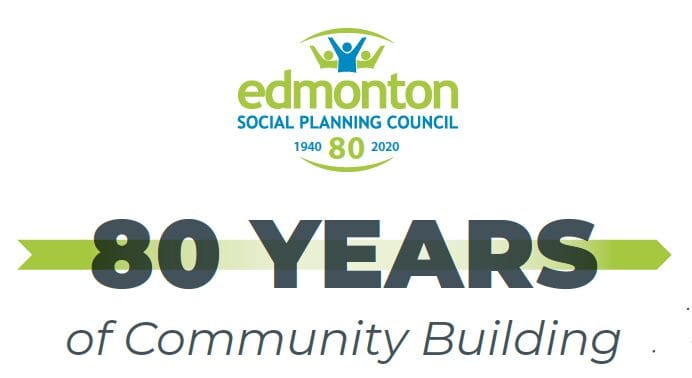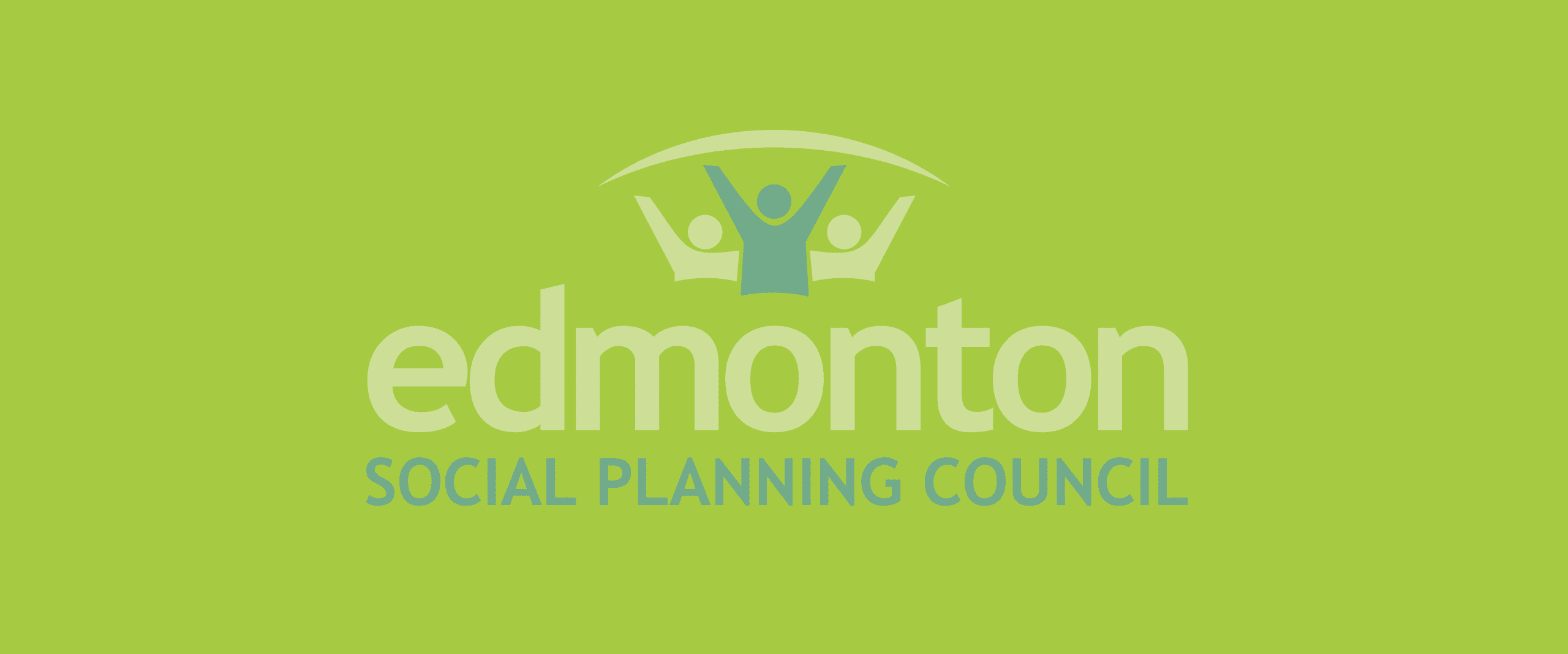[et_pb_section fb_built=”1″ _builder_version=”4.7.0″ custom_margin=”0px||0px||false|false” custom_padding=”0px||0px||false|false”][et_pb_row column_structure=”3_4,1_4″ use_custom_gutter=”on” gutter_width=”2″ _builder_version=”4.7.7″ _module_preset=”default” width=”100%” custom_margin=”0px||||false|false” custom_padding=”0px||0px||false|false” border_width_bottom=”1px” border_color_bottom=”#a6c942″][et_pb_column type=”3_4″ _builder_version=”4.7.0″ _module_preset=”default”][et_pb_post_title meta=”off” featured_image=”off” _builder_version=”4.7.4″ _module_preset=”default” title_font=”||||||||” custom_margin=”||3px|||” border_color_bottom=”#a6c942″][/et_pb_post_title][/et_pb_column][et_pb_column type=”1_4″ _builder_version=”4.7.0″ _module_preset=”default”][et_pb_image src=”https://edmontonsocialplanning.ca/wp-content/uploads/2020/12/COLOUR-BLOCKS_spaced-300×51.png” title_text=”COLOUR BLOCKS_spaced” align=”center” _builder_version=”4.7.7″ _module_preset=”default” max_width=”100%” max_height=”75px” custom_margin=”0px|0px|0px|0px|false|false” custom_padding=”10px|0px|20px|0px|false|false” global_module=”96648″][/et_pb_image][/et_pb_column][/et_pb_row][et_pb_row column_structure=”3_4,1_4″ use_custom_gutter=”on” gutter_width=”2″ make_equal=”on” _builder_version=”4.7.7″ background_size=”initial” background_position=”top_left” background_repeat=”repeat” width=”100%” custom_margin=”0px|auto|0px|auto|false|false” custom_padding=”30px|0px|0px|0px|false|false”][et_pb_column type=”3_4″ _builder_version=”4.5.6″ custom_padding=”0px|0px|0px|0px|false|false” custom_padding__hover=”|||”][et_pb_text _builder_version=”4.7.5″ _dynamic_attributes=”content” _module_preset=”default” text_font=”|600|||||||” text_text_color=”#2b303a” custom_padding=”||32px|||”]@ET-DC@eyJkeW5hbWljIjp0cnVlLCJjb250ZW50IjoicG9zdF9kYXRlIiwic2V0dGluZ3MiOnsiYmVmb3JlIjoiIiwiYWZ0ZXIiOiIiLCJkYXRlX2Zvcm1hdCI6ImRlZmF1bHQiLCJjdXN0b21fZGF0ZV9mb3JtYXQiOiIifX0=@[/et_pb_text][et_pb_button button_url=”https://edmontonsocialplanning.ca/2021/01/05/80-years-of-community-building-the-history-of-the-edmonton-social-planning-council/ ” button_text=”Download 80 Years of Community Building” _builder_version=”4.7.7″ _module_preset=”default” custom_button=”on” button_text_color=”#ffffff” button_bg_color=”#008ac1″ custom_margin=”||19px|||” custom_padding=”||5px|||” hover_enabled=”0″ sticky_enabled=”0″][/et_pb_button][et_pb_text _builder_version=”4.7.7″ text_text_color=”#2b303a” text_line_height=”1.6em” header_2_font=”||||||||” header_2_text_color=”#008ac1″ header_2_font_size=”24px” background_size=”initial” background_position=”top_left” background_repeat=”repeat” text_orientation=”justified” width=”100%” module_alignment=”left” custom_margin=”0px|0px|0px|0px|false|false” custom_padding=”25px||||false|false” hover_enabled=”0″ locked=”off” sticky_enabled=”0″]
FOR IMMEDIATE RELEASE
January 11, 2021
EDMONTON – 80 Years of Community Building, a new retrospective publication produced by the Edmonton Social Planning Council (ESPC) to mark our 80th anniversary, underscores the enormous contributions the non-profit organization has made towards the history of social development in Edmonton.
The publication gives a comprehensive overview of ESPC’s storied history set against the backdrop of the events that shaped Edmonton as a city, spanning the early origins of the organization (which includes an initial effort to form the agency that got stymied by the onslaught of the Great Depression in 1929), its founding in 1940 as the Second World War began, the economic boom linked with the discovery of oil in Leduc, times of profound social change in the 1960s and 1970s, all the way to the present day. Through it all, ESPC made invaluable contributions to the fabric of Edmonton’s social services sector, helping to fill gaps in services where identified and playing an important role in the formation of several community organizations that continue to positively impact Edmonton and many of its most marginalized populations right up to the present day.
“Whether it’s Boyle Street Community Services, Christmas Bureau of Edmonton, WIN House, or the Edmonton Community Legal Centre, to name only a few, the Edmonton Social Planning Council has worked tirelessly over the last 80 years helping to build and guide these valued Edmonton institutions,” says Susan Morrissey, Executive Director of ESPC. “With the contributions of our founders, we have made indispensable contributions towards building a community in which all people are full and valued participants.”
From guiding the coordination of social services to outspoken advocacy to rigorous research in social policy, ESPC has played an integral role in many social issues that have affected our city, which include affordable housing, livable incomes, women’s shelters, child poverty, integration of newcomers, seniors’ services, Indigenous peoples, and many more.
80 Years of Community Building is an invaluable opportunity to take stock of where we are, where we have been, and where we hope to go as an organization as we look towards the next 80 years.
-30-
80 Years of Community Building is available on our website: https://edmontonsocialplanning.ca/2021/01/05/80-years-of-community-building-the-history-of-the-edmonton-social-planning-council/
Check out our companion timeline here: https://edmontonsocialplanning.ca/history/
For media inquiries and to arrange interviews, please contact:
Brett Lambert, Community Engagement Coordinator
E-mail: brettl@edmontonsocialplanning.ca
[/et_pb_text][/et_pb_column][et_pb_column type=”1_4″ _builder_version=”4.7.4″ custom_padding=”0px|20px|0px|20px|false|false” border_color_left=”#a6c942″ custom_padding__hover=”|||”][et_pb_testimonial author=”Posted by:” job_title=”@ET-DC@eyJkeW5hbWljIjp0cnVlLCJjb250ZW50IjoicG9zdF9hdXRob3IiLCJzZXR0aW5ncyI6eyJiZWZvcmUiOiIiLCJhZnRlciI6IiIsIm5hbWVfZm9ybWF0IjoiZGlzcGxheV9uYW1lIiwibGluayI6Im9uIiwibGlua19kZXN0aW5hdGlvbiI6ImF1dGhvcl93ZWJzaXRlIn19@” portrait_url=”@ET-DC@eyJkeW5hbWljIjp0cnVlLCJjb250ZW50IjoicG9zdF9hdXRob3JfcHJvZmlsZV9waWN0dXJlIiwic2V0dGluZ3MiOnt9fQ==@” quote_icon=”off” portrait_width=”125px” portrait_height=”125px” disabled_on=”on|off|off” _builder_version=”4.7.7″ _dynamic_attributes=”job_title,portrait_url” _module_preset=”default” body_text_color=”#000000″ author_font=”||||||||” author_text_align=”center” author_text_color=”#008ac1″ position_font=”||||||||” position_text_color=”#000000″ company_text_color=”#000000″ background_color=”#ffffff” text_orientation=”center” module_alignment=”center” custom_margin=”0px|0px|4px|0px|false|false” custom_padding=”32px|0px|0px|0px|false|false”][/et_pb_testimonial][et_pb_text disabled_on=”on|off|off” _builder_version=”4.7.7″ _dynamic_attributes=”content” _module_preset=”default” text_text_color=”#000000″ header_text_align=”left” header_text_color=”rgba(0,0,0,0.65)” header_font_size=”20px” text_orientation=”center” custom_margin=”||50px|||” custom_padding=”48px|||||”]@ET-DC@eyJkeW5hbWljIjp0cnVlLCJjb250ZW50IjoicG9zdF9jYXRlZ29yaWVzIiwic2V0dGluZ3MiOnsiYmVmb3JlIjoiUmVsYXRlZCBjYXRlZ29yaWVzOiAgIiwiYWZ0ZXIiOiIiLCJsaW5rX3RvX3Rlcm1fcGFnZSI6Im9uIiwic2VwYXJhdG9yIjoiIHwgIiwiY2F0ZWdvcnlfdHlwZSI6ImNhdGVnb3J5In19@[/et_pb_text][/et_pb_column][/et_pb_row][/et_pb_section]




